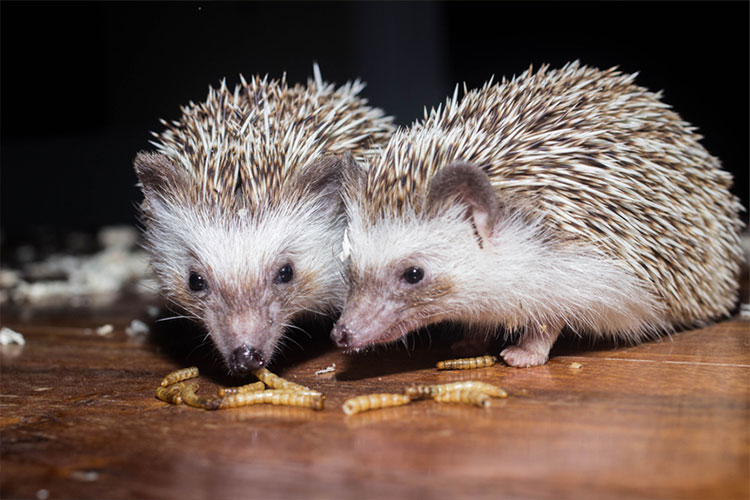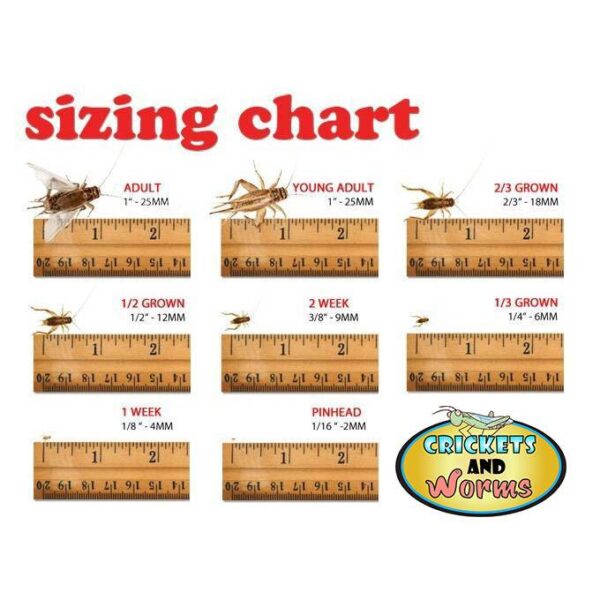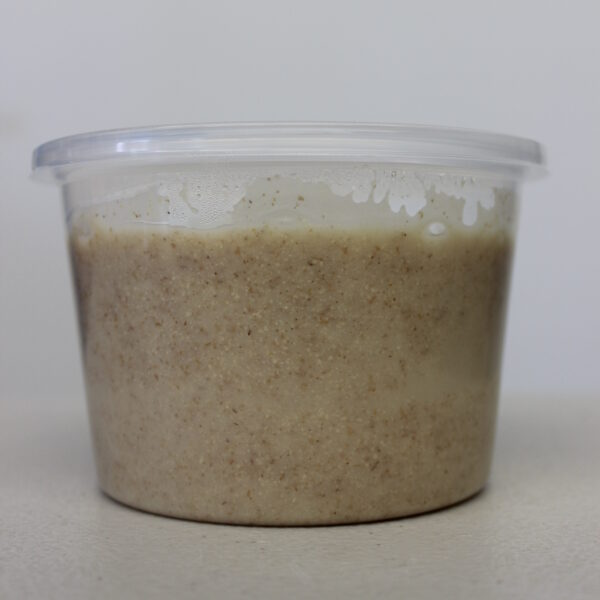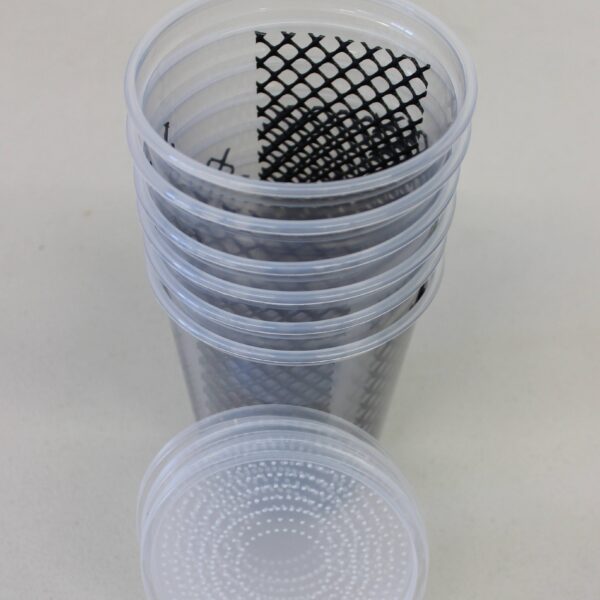In the vast kingdom of insects, there are a variety of creatures that capture our curiosity. Two such fascinating insects are mealworms and silkworms. These wriggling creatures have captured the attention of scientists, hobbyists, and even culinary enthusiasts. In this blog post, we’ll delve into the world of worms and explore the differences between mealworms and silkworms, shedding light on their unique characteristics, uses, and potential benefits.
- Physical Appearance and Life Cycle: Mealworms and silkworms may belong to the same class of insects, but their physical appearance and life cycles set them apart. Mealworms, the larval stage of darkling beetles, are golden-brown in color and have a distinct segmented body. Silkworms, on the other hand, have a whitish-yellow or greenish color and are characterized by a smoother, elongated body. Mealworms undergo a complete metamorphosis, transitioning from egg to larva to pupa and finally emerging as adult beetles. Silkworms, however, undergo an incomplete metamorphosis, transforming from egg to larva to pupa before developing into moths.
- Natural Habitat and Diet: Mealworms are commonly found in dark, damp environments like decaying wood or grain stores. They are detritivores, feeding on decomposing organic matter, including grains and vegetables. Silkworms, on the other hand, have a more specialized habitat. They are native to China and are primarily bred in controlled environments. Silkworms feed exclusively on the leaves of the mulberry tree, making them highly dependent on this specific food source.
- Uses and Applications: Both mealworms and silkworms have various uses and applications, albeit in different domains. Mealworms have gained popularity in recent years as a sustainable protein source for both animal and human consumption. They are rich in protein, fiber, and essential nutrients, making them a potential solution to food security challenges. Additionally, mealworms are commonly used as live bait in fishing and as feed for reptiles, birds, and small mammals.
Silkworms, on the other hand, are renowned for their silk production. Their cocoons are unraveled to obtain fine silk fibers that are used in textile manufacturing. Silk is valued for its lustrous appearance, smooth texture, and natural sheen. Beyond silk production, silkworms are also valued as a source of nutrition. In some cultures, silkworm pupae are consumed as a delicacy and are believed to offer various health benefits.
- Cultivation and Care: Cultivating mealworms and silkworms require different approaches. Mealworms can be relatively easy to breed and maintain, requiring a suitable substrate, such as oats or wheat bran, and a controlled environment with proper ventilation and moisture levels. Silkworms, however, have more specific requirements. They need fresh mulberry leaves for optimal growth and development. Cultivating silkworms often involves maintaining a mulberry plantation and providing a controlled rearing environment.
Crickets and Worms for Sale
Mealworms and silkworms may share the commonality of being worms, but their unique characteristics, uses, and requirements set them apart. Mealworms thrive in decaying organic matter and have gained recognition as a sustainable protein source. Silkworms, with their exclusive diet of mulberry leaves, are celebrated for their silk production and have left an indelible mark on the textile industry. Exploring the differences between these two fascinating creatures allows us to appreciate the diversity of nature and the multifaceted contributions of










